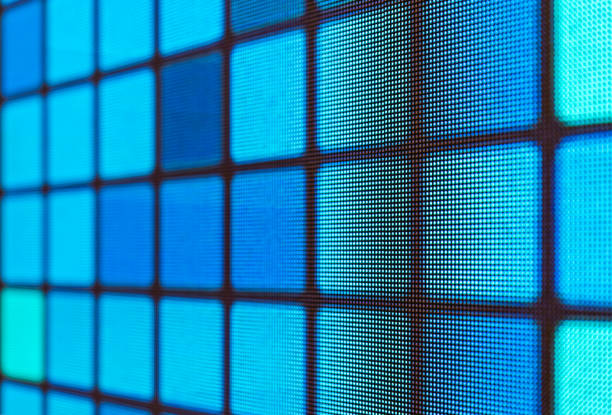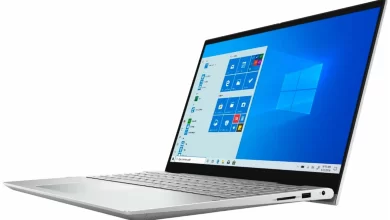
With the advent of these tools, the signage industry is also moving into the digital age. This is from the mid-1900s when we first began to find television screens placed in windows, broadcasting promotional cassettes. Screens no longer only allow text to be animated but video to be broadcast. With the start of the 2000s, the use of digital signage accelerated even more. The screen is present in the daily life of all individuals, just like advertising. Giant SMD Screens are becoming more and more popular in large spaces such as stations or stock exchanges. Technologies are also improving, to allow prolonged use and remote control.
Finally, in the 2010s, the use of the Internet is now firmly rooted in everyone’s life. This notion of connectivity further increases the success of digital signage. Above all, it integrates with more and more applications and is easier to use. The constraints of shapes and sizes are also reduced and thus allow the giant screen to adapt to all supports and environments. Due to their performance, the SMD Screens supplant all their predecessors in the field of dynamic display. It thus conquers new markets and tends to become more democratic.
In 1964, the invention of the plasma screen marks a turning point in the development of the screen. Indeed, this technology brings the notion of pixels, again in contrast, but above all a revolution in terms of size. The screen can thus be much thinner (a few centimeters) and on a larger surface, but it is very expensive.
At the same time, the liquid crystal display or LCD in invented in parallel. Today the most widespread technology around us. This system, which does not produce light but reflects it, will grow to be more affordable. It is, moreover, in the 80s that this system will access the color display.
DYNAMIC DISPLAY, 1 CENTURY OF EFFICIENCY
The use of dynamic displays is not new. Very early on, we understood the interest of movement in attracting attention and standing out from competitors. Then, it is the possibility of varying the messages displayed in real-time which made the strength of the dynamic display. It is no longer just an identification tool, but also a promotional and information tool.
Finally, thanks to the parallel development of screen-related technologies, it didn’t take long for them to be used for communication purposes. Especially since these tools allow the distribution of the video. Digital signage is no longer just informative or promotional, it is also entertaining. These are all qualities that make this communication tool attractive and effective.
The giant LED screen has also taken a prominent place in the democratization of this communication tool. Indeed, this resistant and luminous technology allows outdoor distribution without constraint. Moreover, it is unlimited in shape and size. It is possible to see from further away, but also to add a design dimension to the communication screens. Giant SMD screens solutions are now very varied to adapt to their environment and the available budget. You can discover a number of them on our site, advertising screen, transparent screen, flexible, etc.
read more: How do you draw the top talent with office design technology




